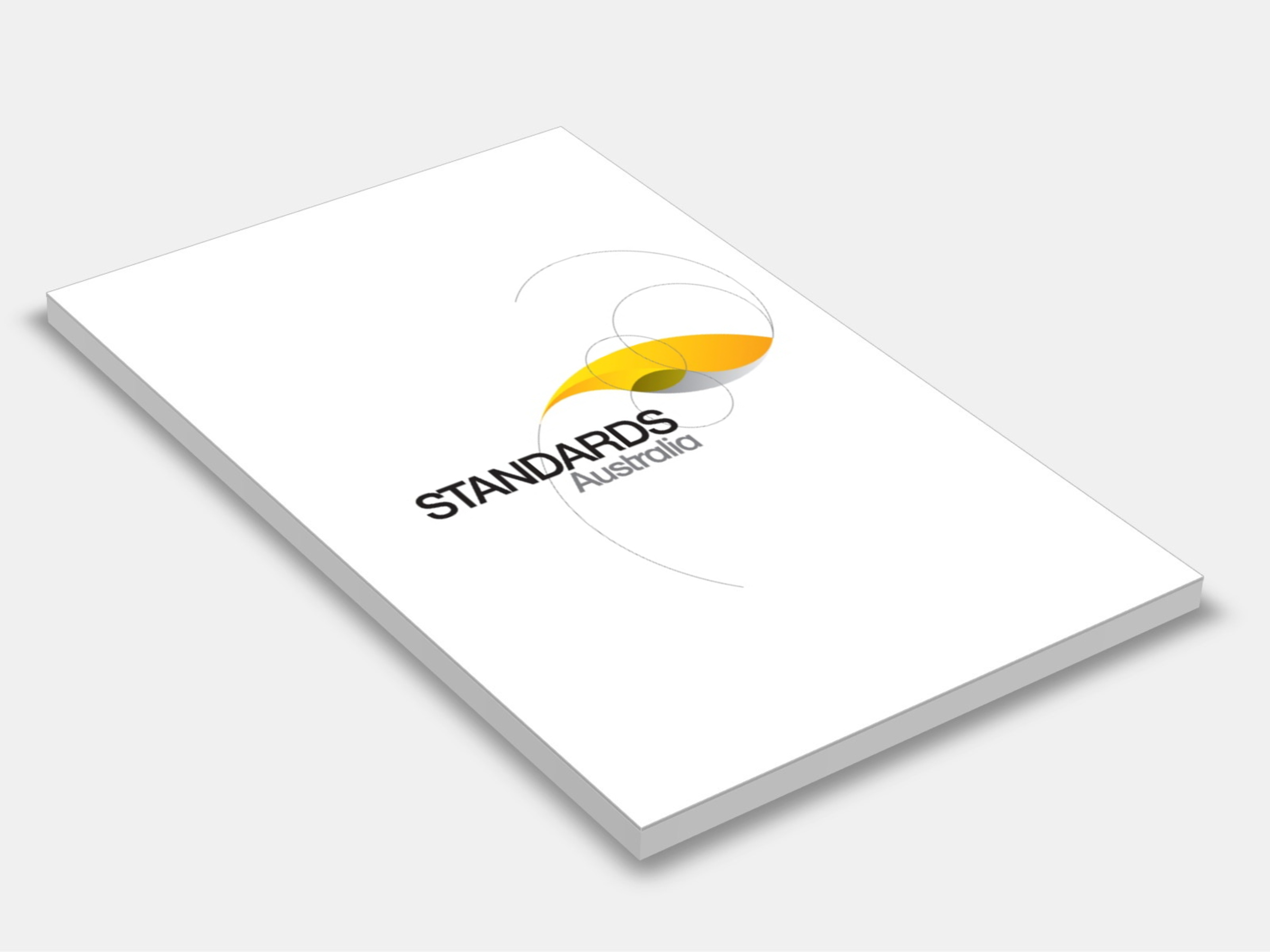
Type
Publisher
Standards Australia
Publisher
Standards Australia
Version:
First Edition 2017.
(Current)
Short Description
Sets out requirements for the selection, identification, installation, finishing, and maintenance of timber and composite doors and doorsets for internal and external application.
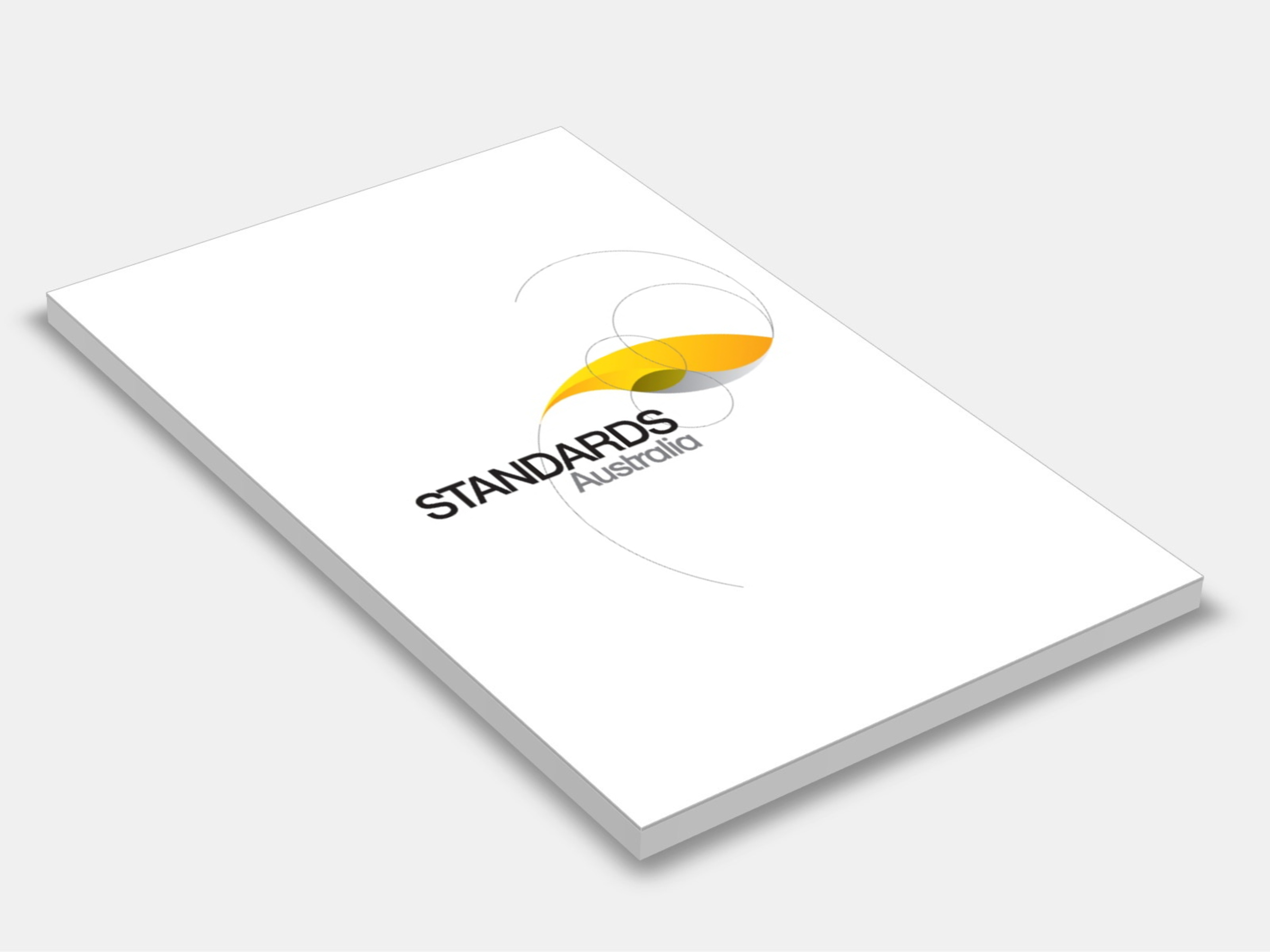
Type
Publisher
Standards Australia
Publisher
Standards Australia
Version:
Second Edition 2003.
(Current)
Short Description
Specifies requirements for masonry cement, a hydraulic cement intended for use in mortars for masonry construction in conjunction with masonry units of clay, calcium, silicate, concrete and square dressed natural stone.
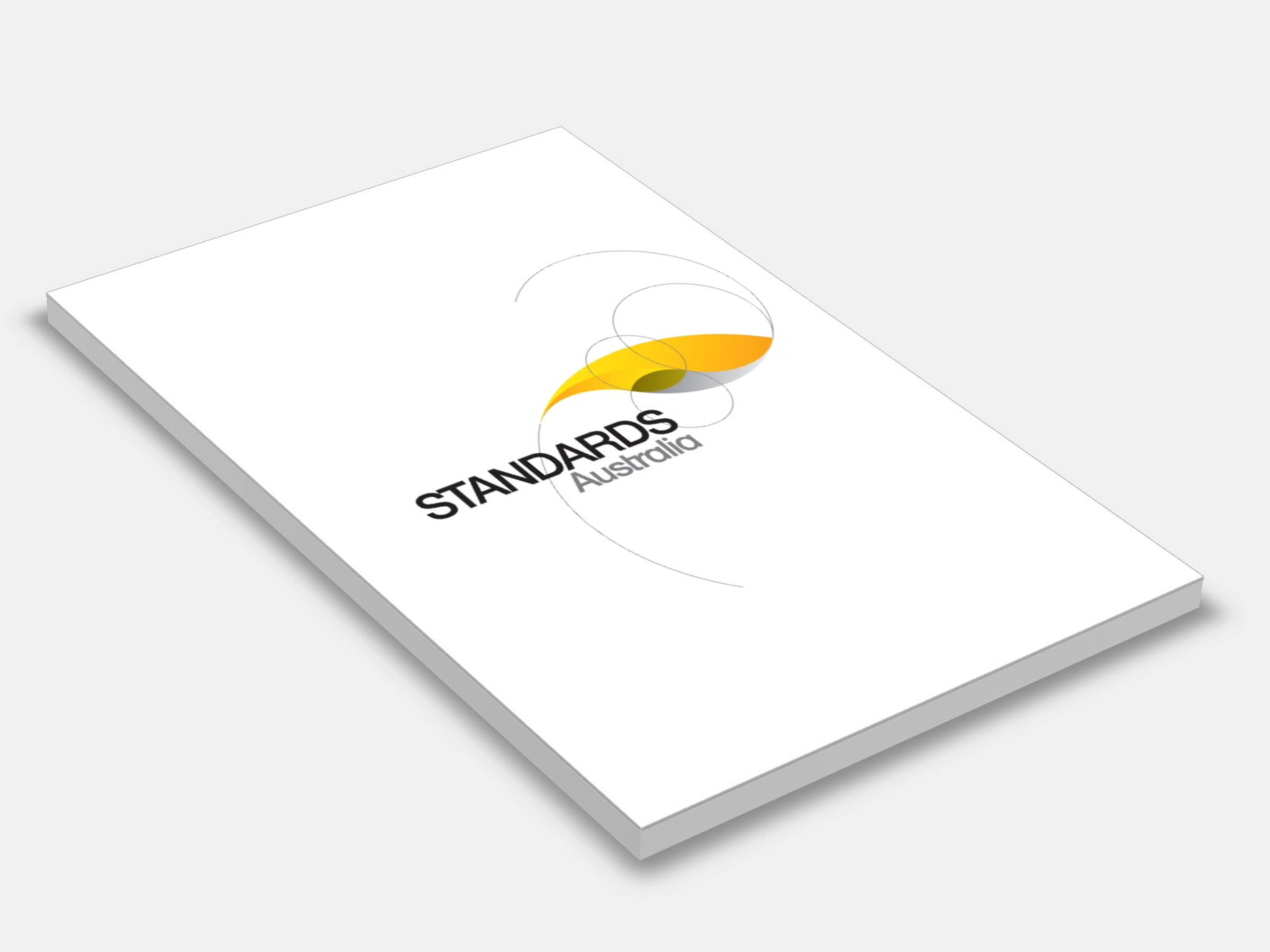
Type
Publisher
Standards Australia
Publisher
Standards Australia
Version:
Second Edition 2006.
(Current)
Short Description
Provides a list of structural timbers and their properties, and an extensive explanation of the list.

Type
Publisher
Standards Australia
Publisher
Standards Australia
Version:
Third Edition 2017.
(Current)
Short Description
Specifies requirements for the design and use of street name and community facility name signs on all types of roads except expressway type roads.
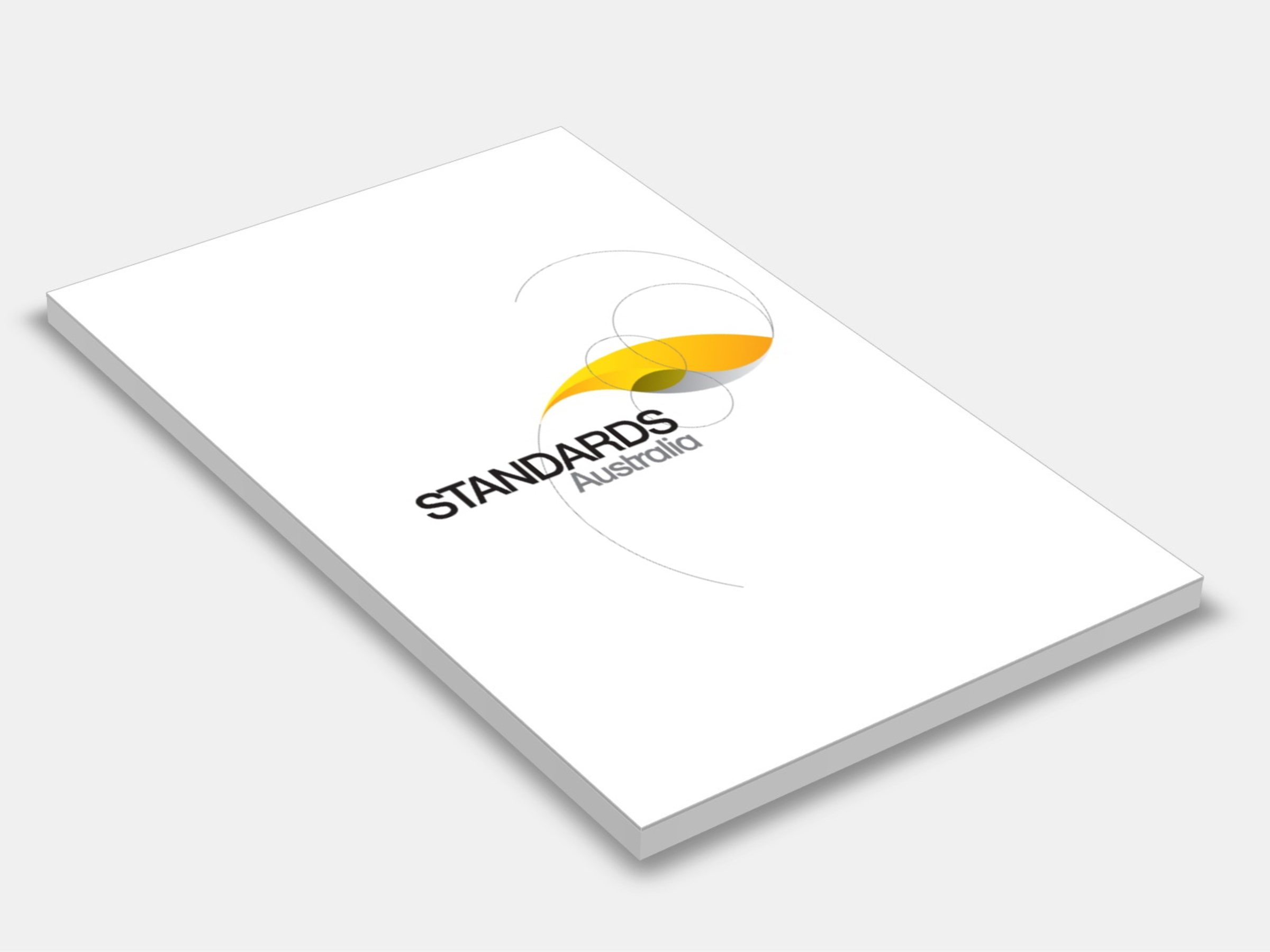
Type
Publisher
Standards Australia
Publisher
Standards Australia
Version:
Second Edition 2008.
(Current)
Short Description
Provides architects, builders, drafting officers and others in the building industry with a common method for the representation of buildings and their components to enable the preparation and unambiguous interpretation of architectural drawings.
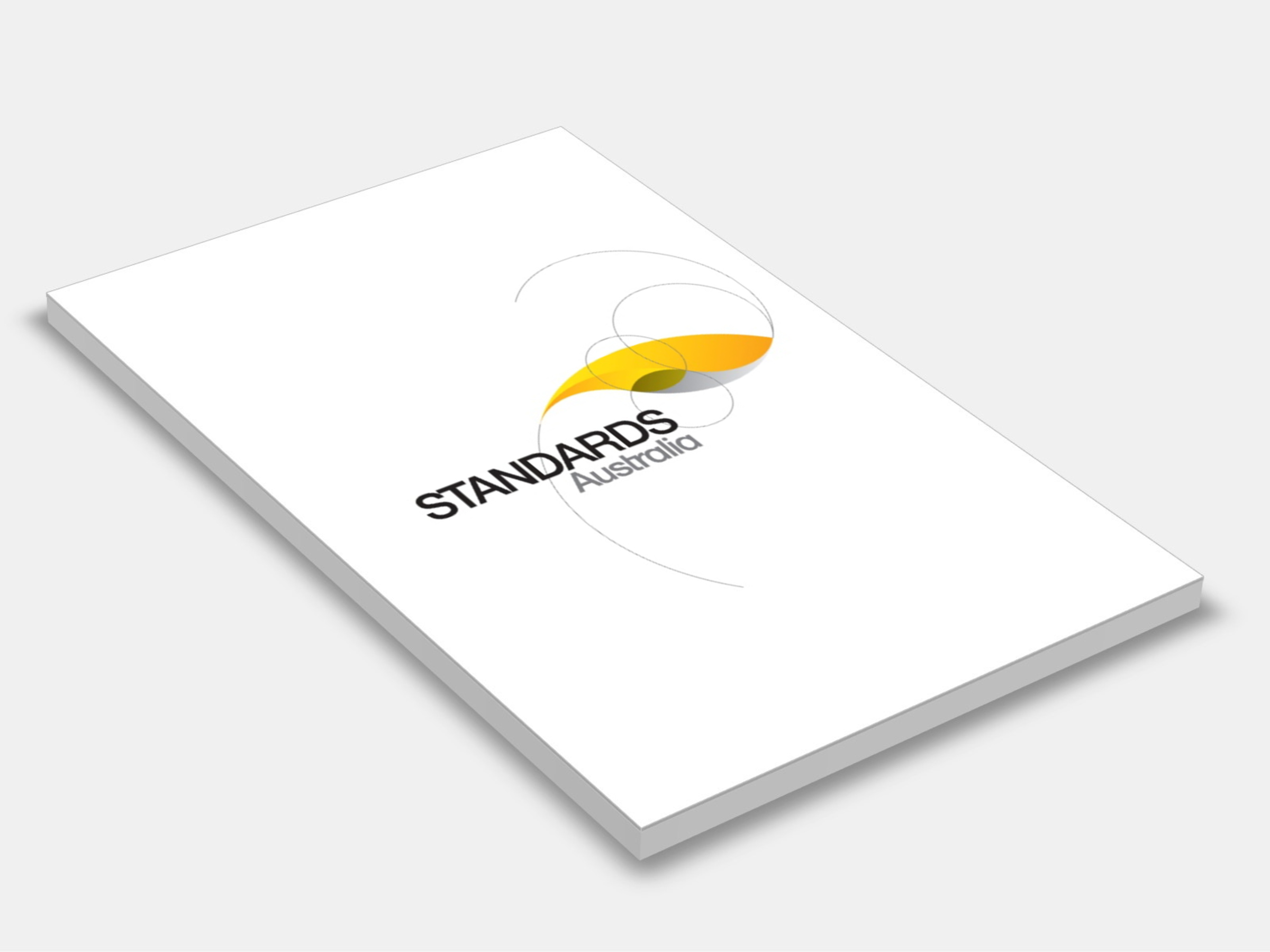
Type
Publisher
Standards Australia
Publisher
Standards Australia
Version:
Third Edition 1999.
(Superseded)
Short Description
Specifies requirements additional to those in AS 1418.1 covering builders hoists and associated equipment. Types included are materials hoists, concrete skip hoists and personnel and materials hoists as defined in AS 2549. Application, classification, loads, load combinations, design, construction, marking and testing are covered. Appendices provide information that should be supplied with tender for supply of a hoist and hazards which should be considered by the designer when designing the hoist.
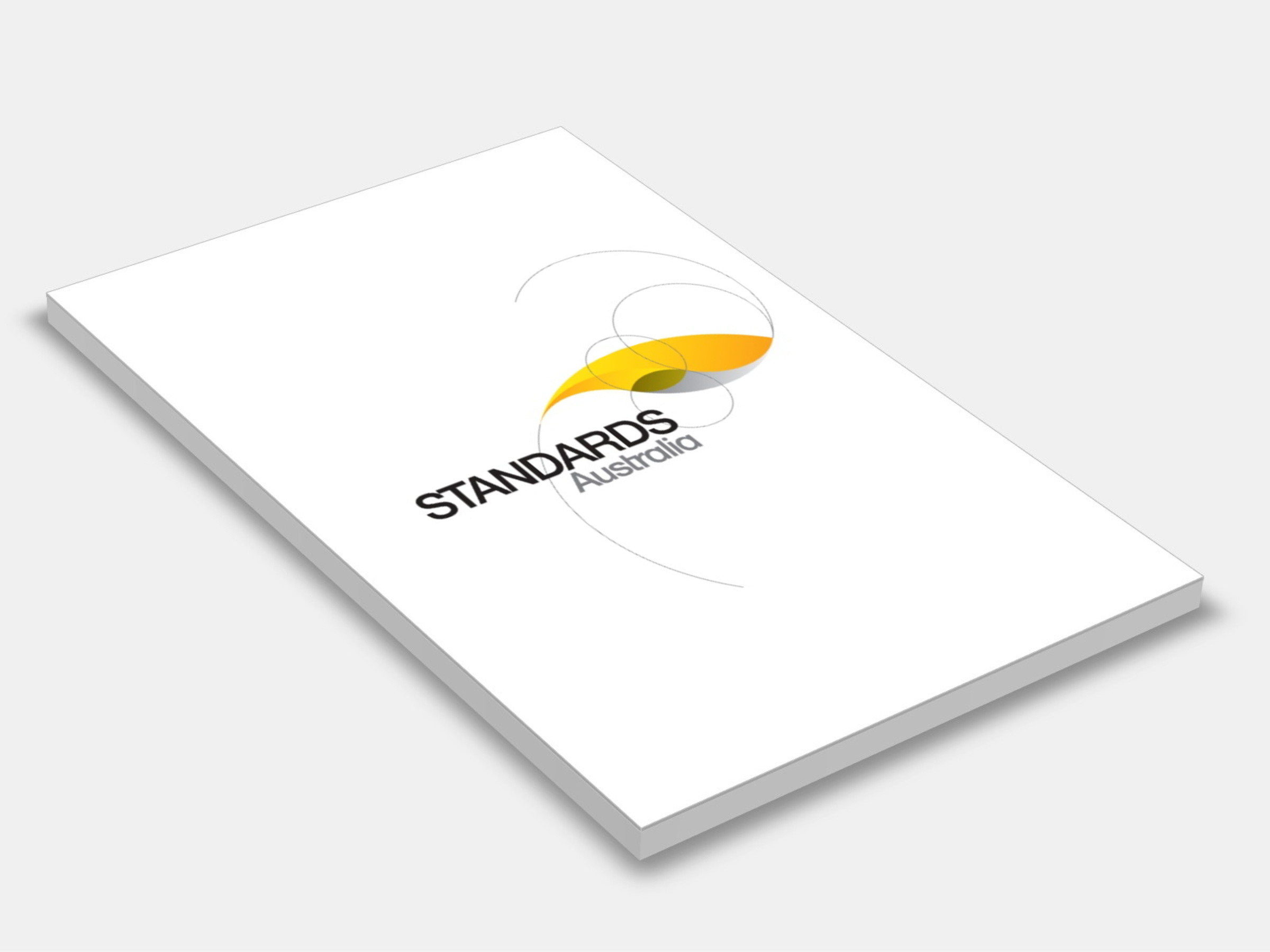
Type
Publisher
Standards Australia
Publisher
Standards Australia
Version:
Fourth Edition 2007.
(Pending Revision)
Short Description
Sets out minimum requirements for the materials, plant and equipment used in the supply of concrete; the production and, if applicable, the delivery of concrete in the plastic state; specifying, sampling, testing and compliance with specified properties of plastic and hardened concrete; and the uniformity of mixing.
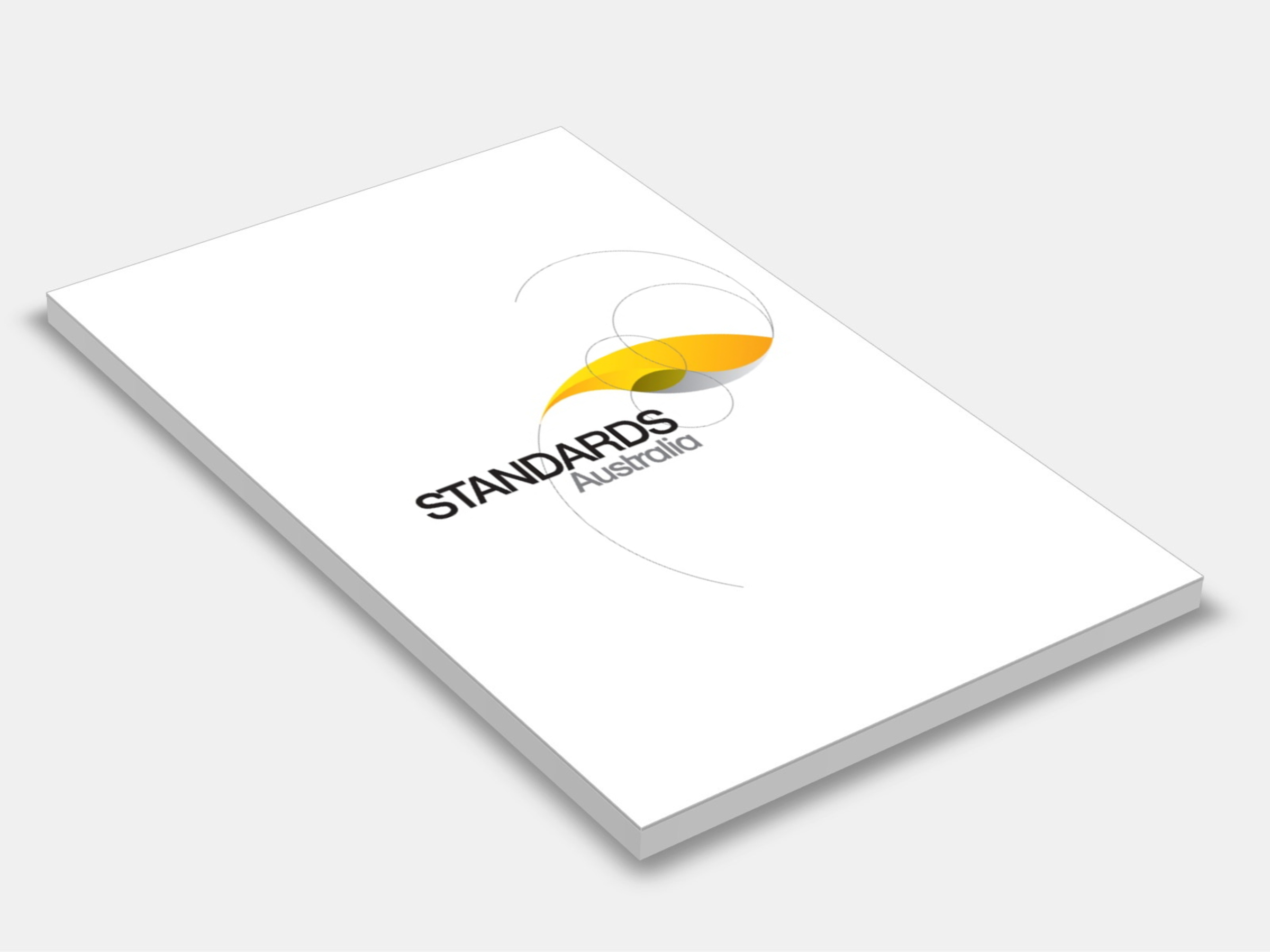
Type
Publisher
Standards Australia
Publisher
Standards Australia
Version:
First Edition 2013.
(Pending Revision)
Short Description
Sets out methods of measuring the frictional characteristics of existing pedestrian surfaces in wet and dry conditions.
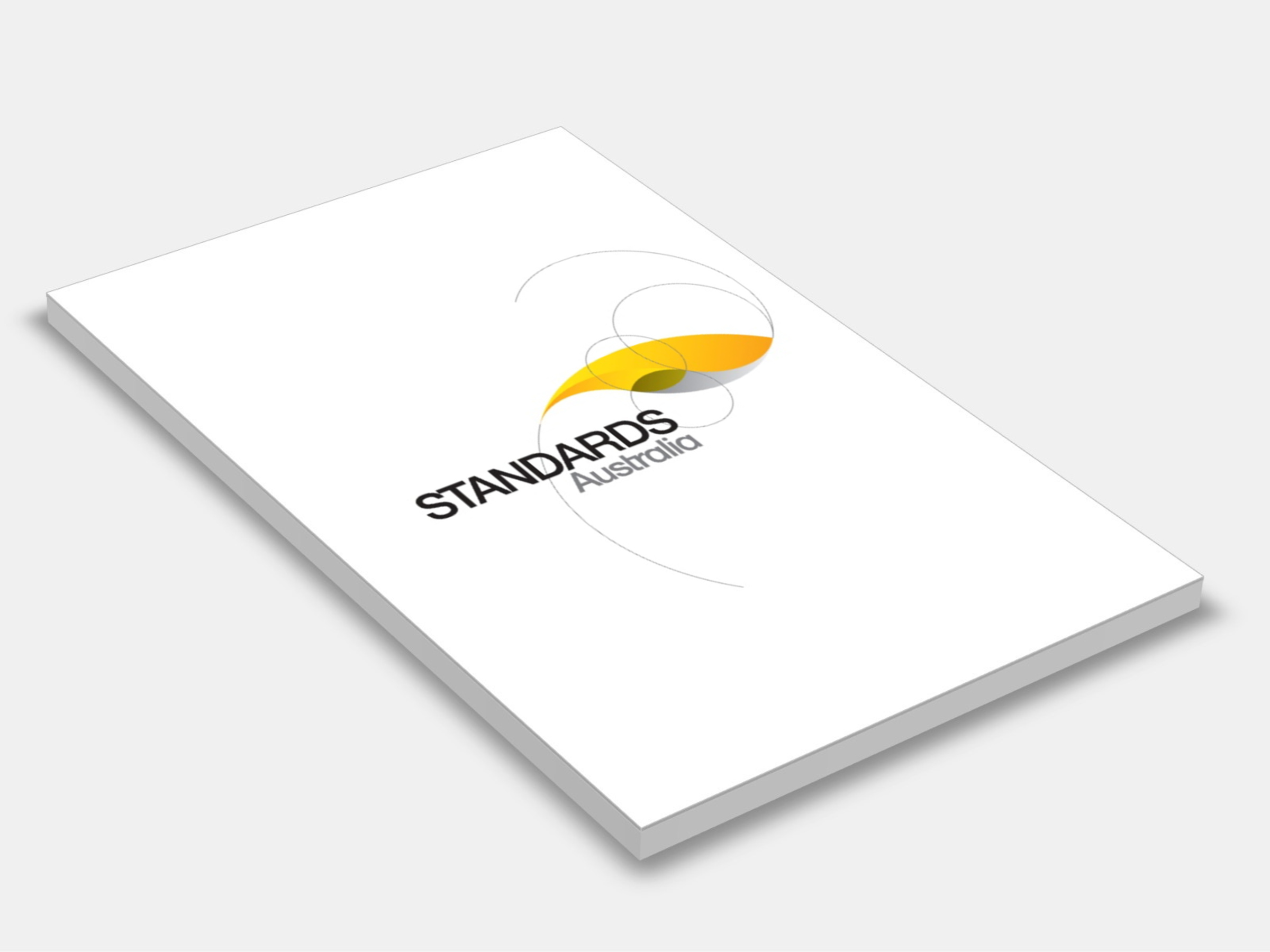
Type
Publisher
Standards Australia
Publisher
Standards Australia
Version:
Fourth Edition 2018.
(Current)
Short Description
Specifies the requirements for hot-dip galvanized bolts and step bolts with ISO metric coarse pitch series threads for normal and low temperature applications in tower construction, and associated nuts and washers.

Type
Publisher
Standards Australia
Publisher
Standards Australia
Version:
First Edition 1998.
(Superseded)
Short Description
Recommends good practice for, and sets out the process by which, radiocommunications sites should be planned, sited, constructed and operated to meet the communications objectives of those facilities. It particularly addresses the sharing of radiocommunications sites and interference problems which could arise. It is intended to provide information to Federal, State and local government authorities, facilities planners, site planners, organizations and members of the public on the effects that existing or planned developments could be expected to have on the operation of such facilities, and vice versa.